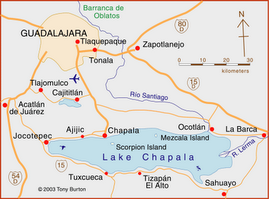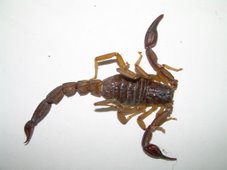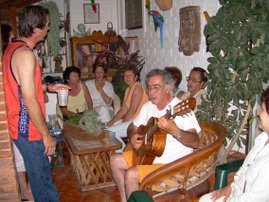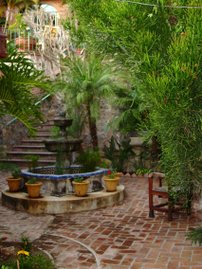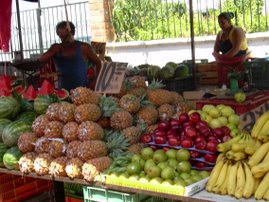 Well, you never know what's going to pop up around here. I found this flier advertising a concert by William Faulkner! Although the famous author is long dead, Sr. Faulkner is apparently a Mexican harpist who can command almost $20 a pop for his concerts here at lakeside. I imagine he charges less in other venues.
Well, you never know what's going to pop up around here. I found this flier advertising a concert by William Faulkner! Although the famous author is long dead, Sr. Faulkner is apparently a Mexican harpist who can command almost $20 a pop for his concerts here at lakeside. I imagine he charges less in other venues.We will be returning to Maine again this summer, but flying, not driving this year. We will be staying in a condo in Kennebunk owned by Marc and Beth Ayotte, friends of ours from our Unitarian Universalist church in Auburn. We have found some excellent house sitters form Colorado, who will be staying at our home when we leave, and watching Chuy for us.
We have some friends from Kennebunk who are staying here for the winter, Jean and Ron. They are staying at a B&B helping the owner, Cathy, also from Maine, manage the place. Last Sunday, we went with Ron and Jean around the lake to check some of the villages on the south side, where few gringos live and the villages are unspoiled. The people here live as they have for generations, often depending on fishing for their livelihood. So we took off, driving west through Jocotepec, through the huge raspberry fields, first arriving at the small village of San Cristobal. Most Mexican villages are pretty similar, with a church, a central plaza, and many tiendas, or shops, filling the surrounding streets. Here are some photos of San Cristobal (Note the man mending his fishing net in the bottom, left photo):




The main attraction for us was the small fishing village of Petatan, about 60 miles from Ajijic, just over the border in the State of Michoacan. This little village is particularly known for the small fish, charals which are roasted and sold in small stands in Chapala. People buy large numbers of the small fish and chomp them down. They are very popular with the Guadalajarans who come to visit the lake in large numbers on weekends and holidays. Here is a shot of how they dry the fish to prepare them for sale:

But, for us, the biggest attraction of the village was the gathering of white pelicans who gather in large numbers.This is no coincidence, since several fish factories in Petatan regularly throw their fish scraps back into the lake, and the Pelicans have figured this out. So whereas we see a few pelicans near Chapala, there are literally thousands which congregate on the south side of the lake. They will be leaving soon for their summer habitat in Canada, so we needed to get over there to see them soon.
We made two special friends while we were there, Lupita and Emma. These young girls know that the gringos who show up occasionally love to see the pelicans feed, and we were no exception. So when they saw us, they came running out with buckets of fish scraps and asked us if we wanted to see them feed the fish. They put on quite a show, and we gave them each a 10 peso tip, which they had likely been hoping for.



Petatan is a lovely little village, although clearly with more poverty than we see on the north side of the lake. After viewing the pelicans, we were walking around the village, and Jean was looking for a bathroom. When she stopped to ask a woman where she could find one, the woman, without hesitation, took her by the hand and led her into her house to use her bathroom. Typical Mexican hospitality again. Here are some photos of the village:




So, it was a fun trip. We will be sad to see Jean and Ron depart next week, but we plan to see them this summer in Maine. Here are photos of us at the end of a long day. Note the village of Petatan is actually on a picturesque peninsula visible over my left shoulder.


Our daughter, Cassie, who never made it here for Christmas because of the snow in Boston, will arrive later today for a long-deserved Mexican holiday. We are very excited about her arrival, and I will be posting photos of her in my next entry.










































